Researchers have unveiled a groundbreaking study that could revolutionize postoperative pain management in root canal procedures. The randomized superiority trial, comparing gutta-percha (GP) and sealer against mineral trioxide aggregate (MTA), has shown promising results in minimizing postoperative pain in patients with asymptomatic apical periodontitis.
Postoperative pain has long been a formidable challenge for clinicians, especially in the realm of dental procedures. The trial, a two-arm, parallel-group, single-blind, superiority randomized study, aimed to assess and compare postoperative pain levels in patients undergoing root canal procedures with either gutta-percha (GP) and sealer or mineral trioxide aggregate (MTA) as filling materials.
The trial involved a cohort of 119 participants aged 18–65 with single-canal premolars diagnosed with asymptomatic apical periodontitis. Employing the permuted block randomization method, the participants were divided into two groups. In the GP group (N = 46), root canals were filled with gutta-percha and AH Plus sealer, while the MTA group (N = 48) received an MTA apical filling and coronal gutta-percha and sealer. Pain levels were assessed using a 10-point visual analog scale (VAS) at 6, 12, 24, 48, and 72 hours postoperatively.
The trial revealed a significant decrease in the mean VAS scores over time in both groups (P < 0.001). Notably, the MTA group exhibited significantly lower mean VAS scores compared to the GP group (P < 0.05). Female patients reported higher VAS scores at the 6- and 12-hour periods in both groups (P < 0.05).
The findings of the study suggest that mineral trioxide aggregate (MTA) as a root canal filling material could represent a valuable option for clinicians seeking to mitigate postoperative pain. The low postoperative pain associated with MTA may lead to improved patient outcomes and satisfaction in the realm of root canal procedures.
This research opens up new possibilities for dental practitioners, offering them an alternative approach to root canal fillings that not only addresses the primary objective of the procedure but also enhances the overall patient experience by reducing postoperative discomfort. Further studies and clinical trials may be warranted to validate and expand upon these promising findings, potentially reshaping the landscape of root canal treatments in the future.
Source: BMC Oral Health

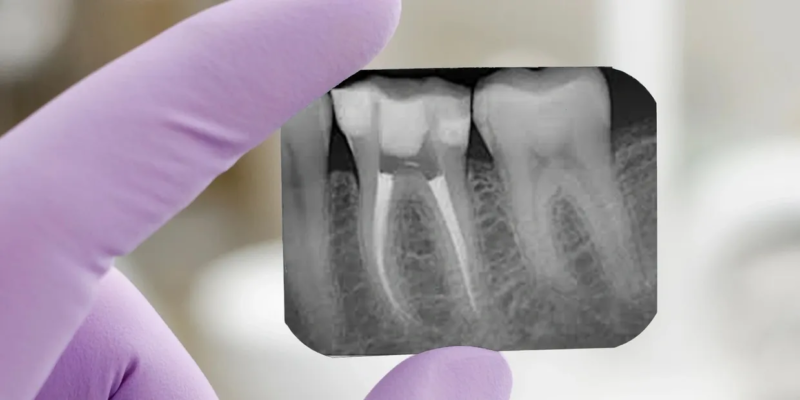





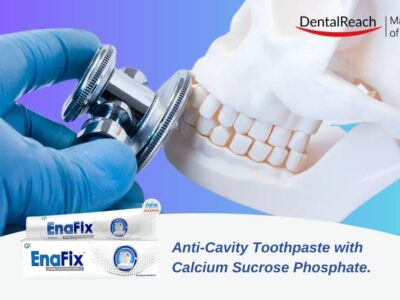
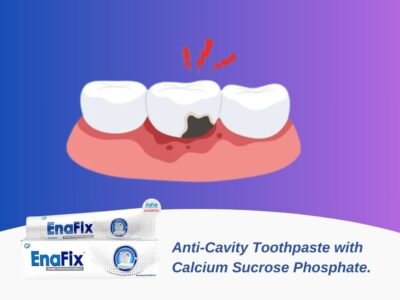
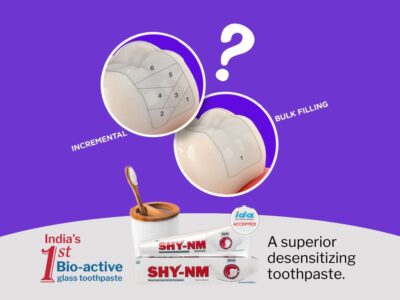
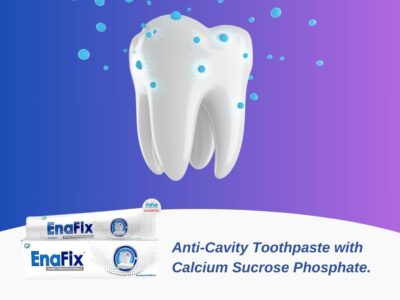









Comments